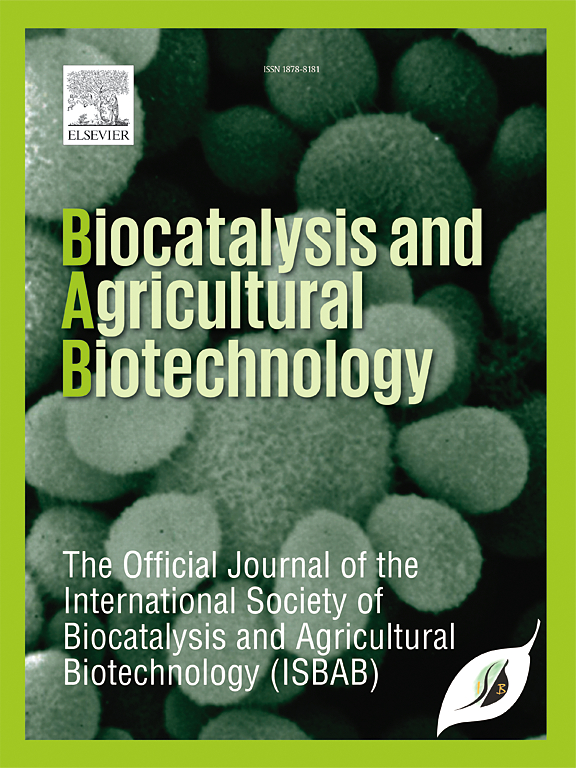铬管理的技术进步:植物不可避免的污染物
IF 3.4
Q2 BIOTECHNOLOGY & APPLIED MICROBIOLOGY
引用次数: 0
摘要
本文章由计算机程序翻译,如有差异,请以英文原文为准。

Technological advancements for the management of chromium: An unavoidable pollutant for plants
Chromium (Cr) is a naturally occurring metal and an emerging heavy metal pollutant. With a surge in agricultural activities and industrial revolution, Cr accumulation is rising incrementally in the environment posing serious threats to all living entities. The toxicity and mobility of Cr (VI) is more compared to Cr (III) in living systems. Cr toxicity in soil and its further uptake in the plants affects the plants at pre-reproductive and post-reproductive stages and is manifested through changes in photosynthesis, seed formation, and seed germination primarily. High Cr levels in soil disturb the soil ecosystem further affecting water and nutrient uptake, which consequently affects many other physiological processes. The present paper is a comprehensive account of Cr toxicity in plants and highlights the most prevalent Cr remediation strategies based on physical, chemical, and biological methods. The use of novel methods using membrane systems like ultrafiltration, nanofiltration, reverse osmosis, etc. is increasingly being used in Cr remediation. The efficacy and efficiency of methods have been further evaluated. Contemporary research on Cr toxicity, the role of Cr in both plants and soil, and its ecological and environmental consequences on the environment have also been elucidated. However, with the advent of modern tools and techniques, Cr remediation methods have been modified. Research in the field of nanotechnology and information technology and further advancements in mitigating Cr remediation will be witnessed in the future.
求助全文
通过发布文献求助,成功后即可免费获取论文全文。
去求助
来源期刊

Biocatalysis and agricultural biotechnology
Agricultural and Biological Sciences-Agronomy and Crop Science
CiteScore
7.70
自引率
2.50%
发文量
308
审稿时长
48 days
期刊介绍:
Biocatalysis and Agricultural Biotechnology is the official journal of the International Society of Biocatalysis and Agricultural Biotechnology (ISBAB). The journal publishes high quality articles especially in the science and technology of biocatalysis, bioprocesses, agricultural biotechnology, biomedical biotechnology, and, if appropriate, from other related areas of biotechnology. The journal will publish peer-reviewed basic and applied research papers, authoritative reviews, and feature articles. The scope of the journal encompasses the research, industrial, and commercial aspects of biotechnology, including the areas of: biocatalysis; bioprocesses; food and agriculture; genetic engineering; molecular biology; healthcare and pharmaceuticals; biofuels; genomics; nanotechnology; environment and biodiversity; and bioremediation.
 求助内容:
求助内容: 应助结果提醒方式:
应助结果提醒方式:


